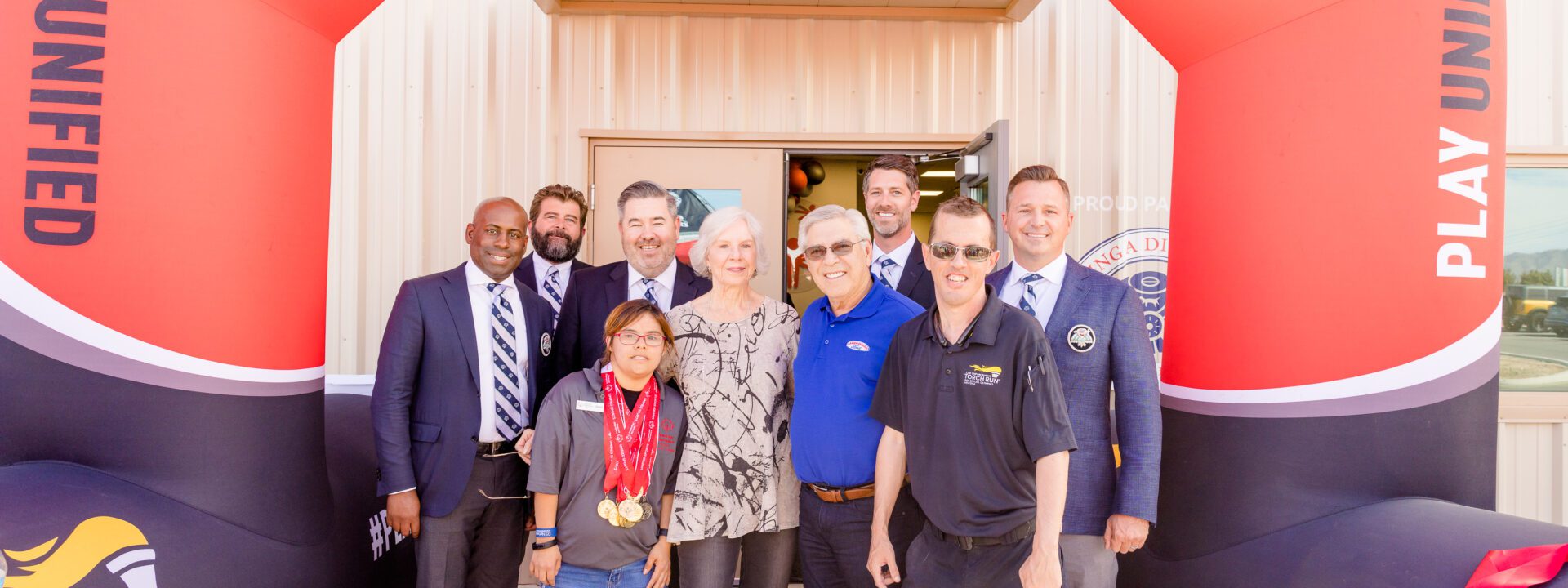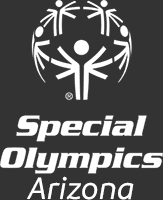
Signs & Symptoms of Williams Syndrome
Signs & Symptoms of Williams Syndrome
Williams syndrome is a neurodevelopmental condition that affects only 1 in every 10,000 children born in America and affects the cognitive development, facial features, and structure of individuals with the condition. Children born with Williams syndrome may have recognizable physical features, such as dental abnormalities, a small jaw, and an upturned nose, but Williams syndrome can also be characterized by the unique personality differences often displayed by individuals with the syndrome. Williams syndrome is extremely rare, and many individuals do not recognize the signs and symptoms, leading many people with Williams syndrome to go their entire lives without being diagnosed. The Special Olympics Arizona team is breaking down these signs and symptoms to provide more information on this rare syndrome.
What Are the Signs of Williams Syndrome?
Similar to many neurodevelopmental conditions, the signs and symptoms of Williams syndrome can range in severity. Not all individuals with Williams syndrome will display the same symptoms, and the spectrum of severity may cause symptoms to appear differently in different individuals. Some common symptoms that individuals with Williams syndrome may notice include:
- Dental abnormalities, including small or missing teeth and poor enamel.
- Hearing loss or chronic ear infections.
- Endocrine abnormalities, such as hypothyroidism, early puberty, or diabetes.
- An elevated level of calcium in the blood.
- Feeding difficulties in infancy.
- Farsightedness.
- Scoliosis, or curvature of the spine.
- Difficulty sleeping, or insomnia.
- An unsteady gait.
Some symptoms of Williams syndrome may cause more difficulty than others, and some will be more recognizable in children while others may be difficult for parents and guardians to notice. Some of the other signs and symptoms of Williams syndrome are developmental and physical differences.
Developmental Delays
Williams syndrome may cause some children to be delayed in reaching certain milestones in life, or the common developmental milestones. These milestones generally mark healthy and normal development by tracking what your child can do by a certain age. Developmental milestones include the ways in which your child moves, speaks, thinks, and behaves at a certain age. Children with Williams experience developmental delays, which may include sitting and walking, which may be difficult due to low muscle tone. Developmental delays in children with Williams syndrome also include learning delays.
Learning Problems
Children with Williams syndrome may have mild to moderate intellectual disabilities, resulting in difficulties in classroom settings. Individuals diagnosed with Williams may greatly benefit from educational intervention, such as special education or extra help from teachers and teacher’s assistants. Children may also be delayed when it comes to saying their first words and learning to talk. Socializing may also be delayed due to Williams syndrome, and children may have difficulty identifying strangers and paying attention to a conversation. Individuals with Williams are extremely outgoing and friendly, and they may show excessive empathy towards others. They can also experience intense phobias and anxieties.
Serious Symptoms of Williams Syndrome
There are more serious symptoms of Williams syndrome that some individuals may experience. One such symptom may be cardiovascular disease, which is common among individuals with Williams syndrome. Cardiac involvement may occur early in childhood and can be one of the symptoms that leads doctors to notice other symptoms and diagnose your child with Williams syndrome.
Heart and Blood Vessels
Williams syndrome causes issues with cardiovascular disease due to the narrowing of the blood vessels near the heart during fetal development, also known as stenosis, that commonly occurs among individuals with Williams. The aorta, the main artery that carries blood away from the heart to the rest of the body, may be narrowed. The pulmonary arteries, the arteries that carry blood from the heart to the lungs, may also be narrowed. These narrowed arteries will not allow the right amount of oxygen rich blood to reach the heart and the body, and the decreased flow can damage the heart and other organs. The narrowing of these blood vessels also causes high blood pressure and arrhythmia, or irregular heart beats, which can lead to other health issues and, if left untreated, cardiac failure.
Physical Characteristics of Williams Syndrome
There are some recognizable physical characteristics of Williams syndrome that many individuals may have. These include certain facial features and challenges with growth and physical development.
Facial Features
The unique facial features that may be recognizable among children and adults with Williams syndrome include:
- Full cheeks.
- Large ears.
- Prominent lips.
- Short stature.
- Small jaw.
- An upturned nose.
- Wide mouth.
- Vertical skin folds that cover the inner corner of the eye.
Growth Challenges
In addition to recognizable facial features, individuals with Williams syndrome also tend to be smaller than their peers. Babies born with Williams tend to be very small, and they may face feeding difficulties and have difficulty gaining weight and growing. Adults with Williams tend to be shorter than others.
Other Possible Symptoms of Williams Syndrome
In addition to the developmental delays and physical symptoms that individuals with Williams syndrome may have, they may also have some unique personality characteristics. These traits include being overly anxious but also being more outgoing and friendly than their peers may be. They do not have a distrust of strangers and may have difficulty recognizing a dangerous situation when it comes to strangers. They may also have a recognizable hoarse voice, hernias, joint issues, and bone issues. It is common for individuals with Williams syndrome to deal with frequent urinary tract infections, and they may also have kidney problems.
While there is no cure for Williams syndrome, there are a variety of interventions and treatments that may be available for your child if they are diagnosed with the condition. Medicine to lower blood pressure, physical therapy, certain surgeries and doctors, special education, and language and speech therapies are all excellent options to ensure your child lives a happy, healthy life with Williams syndrome.



